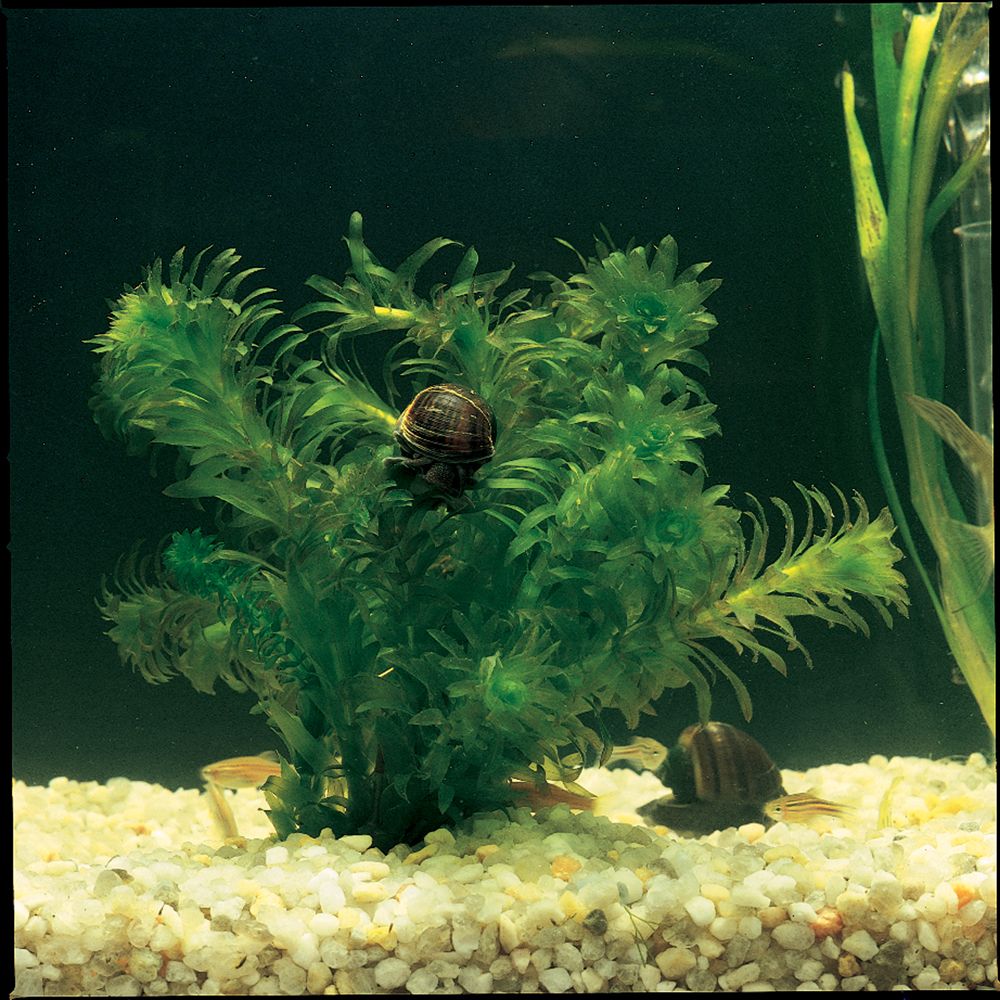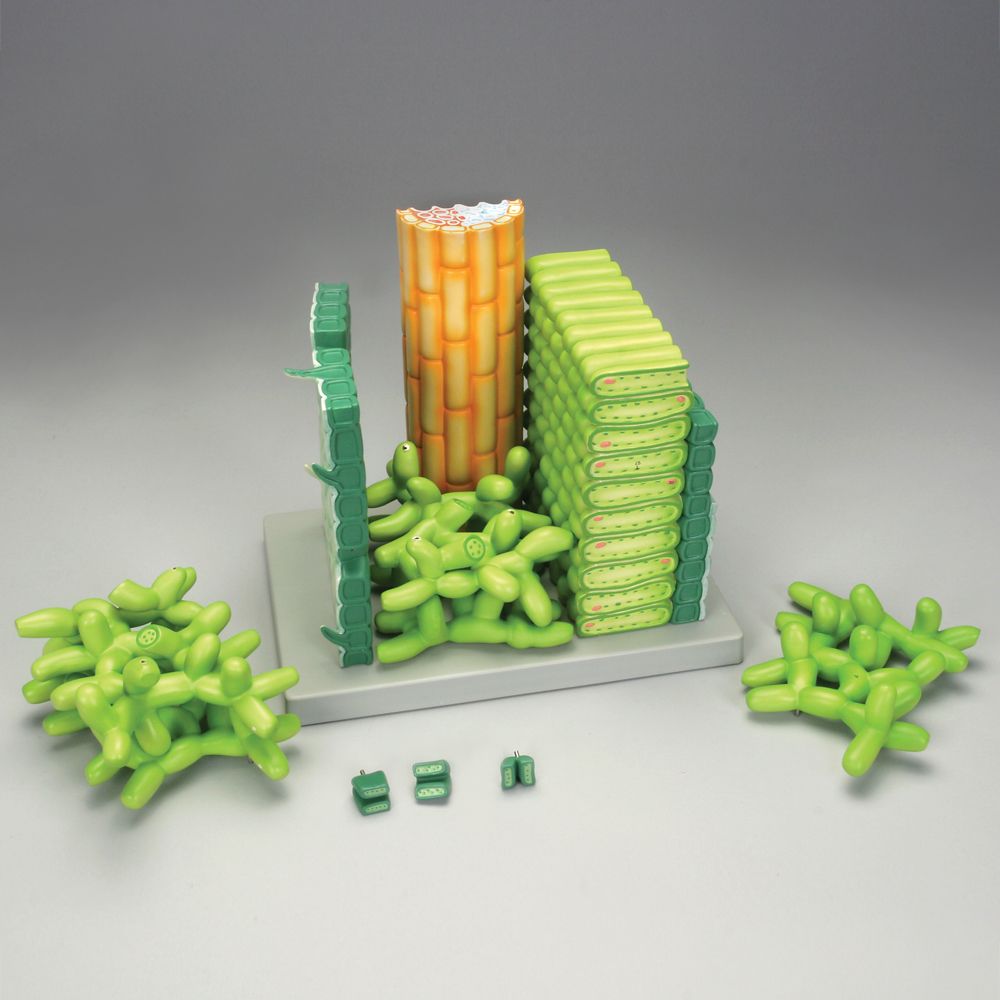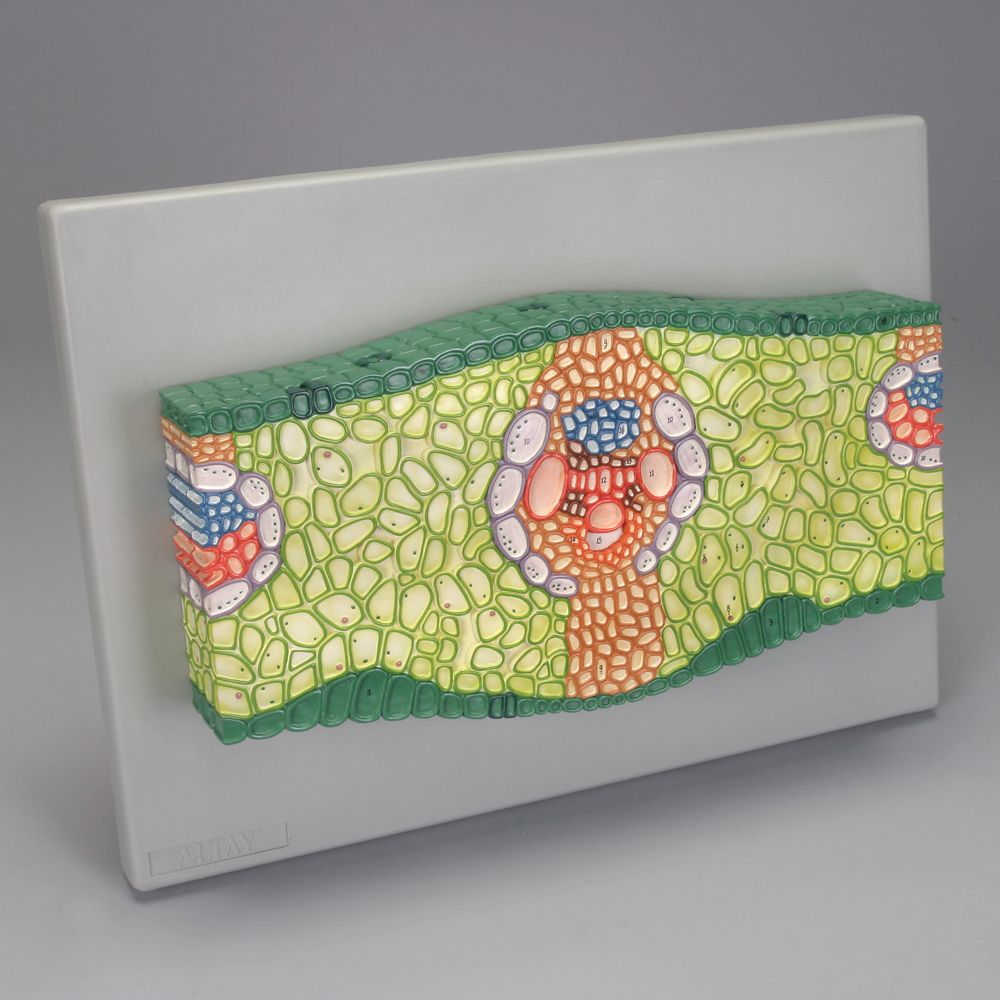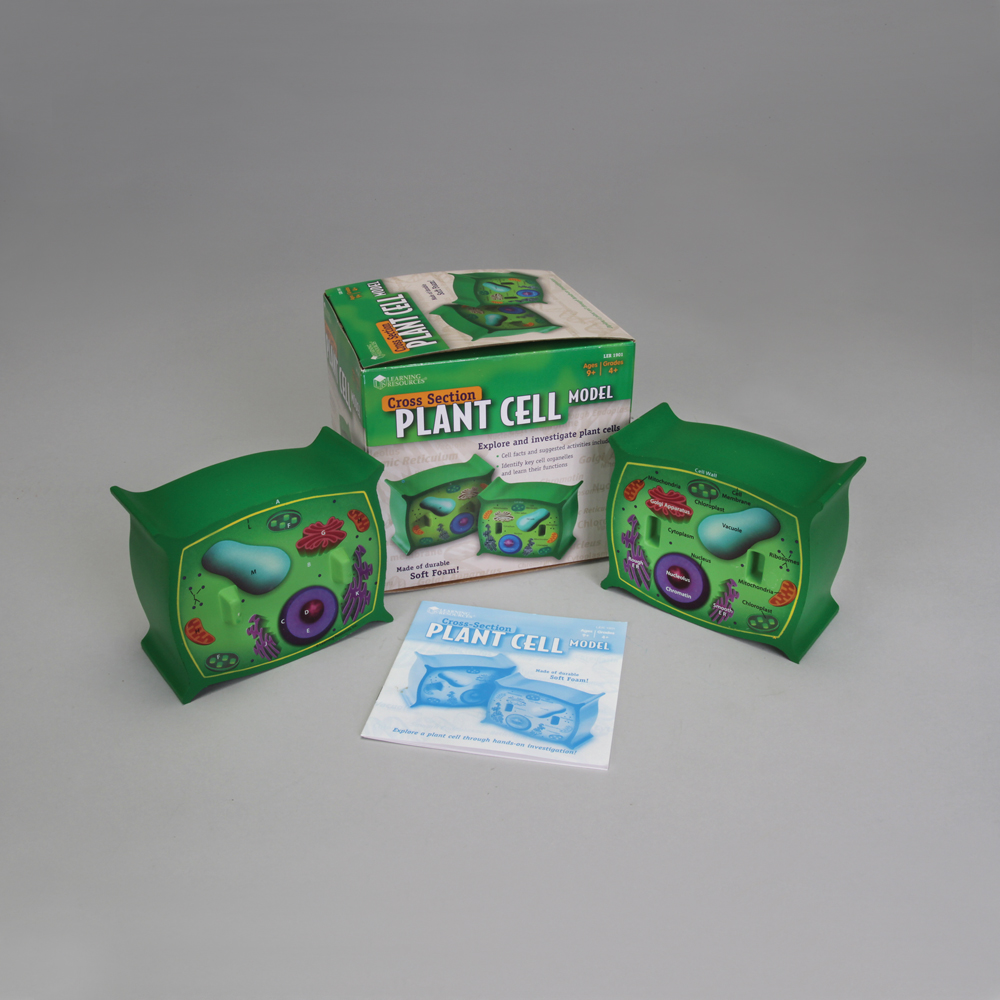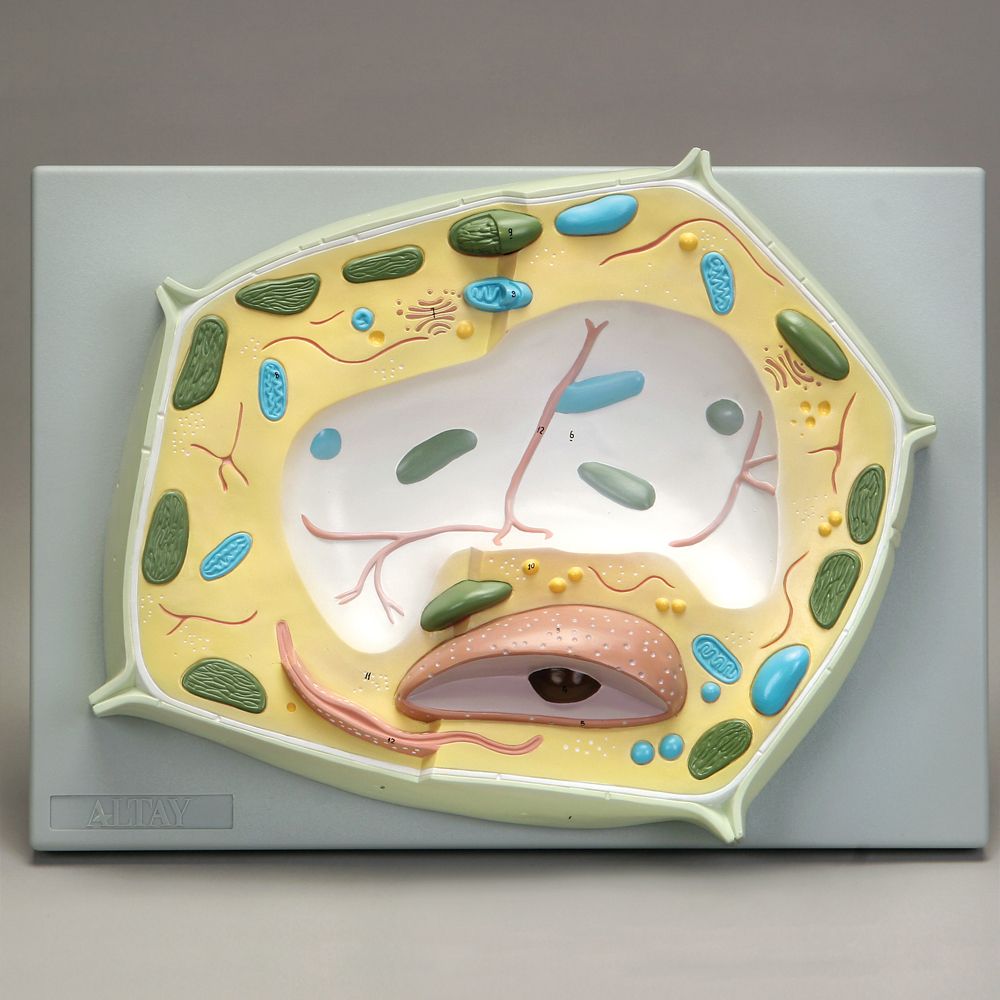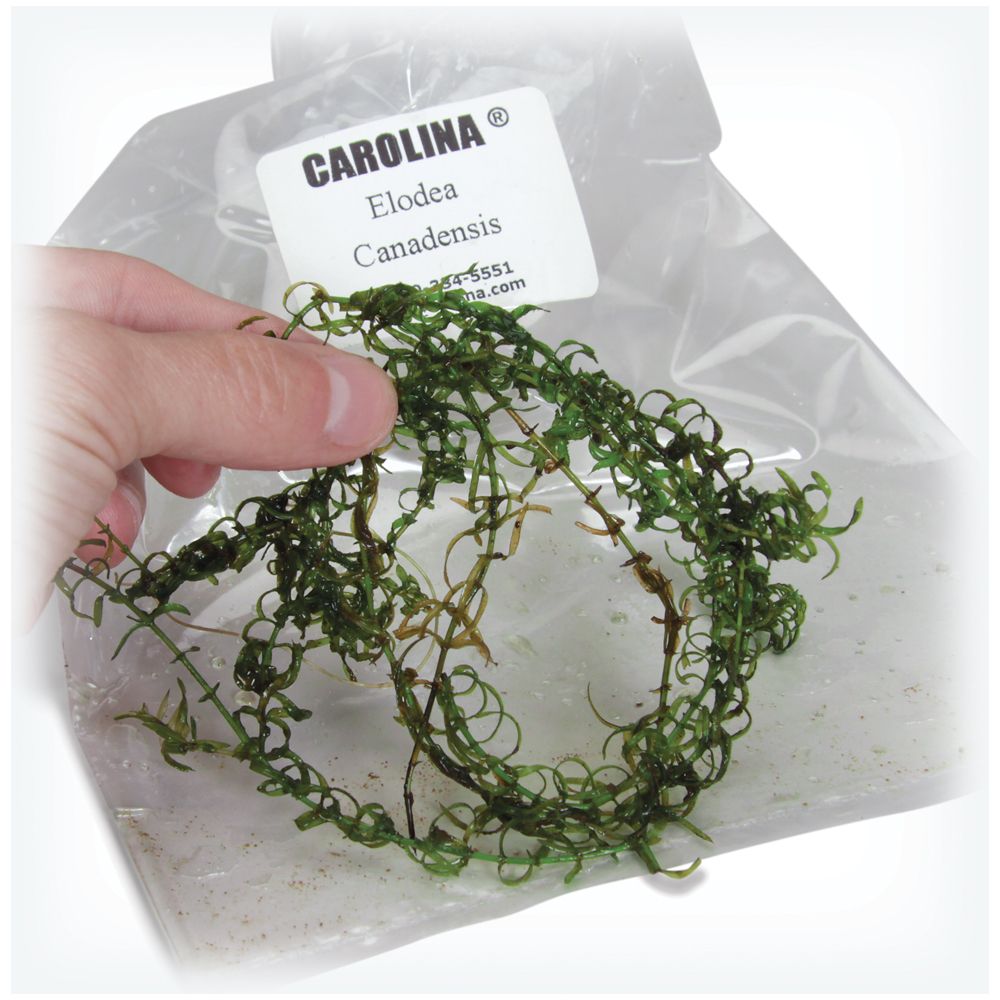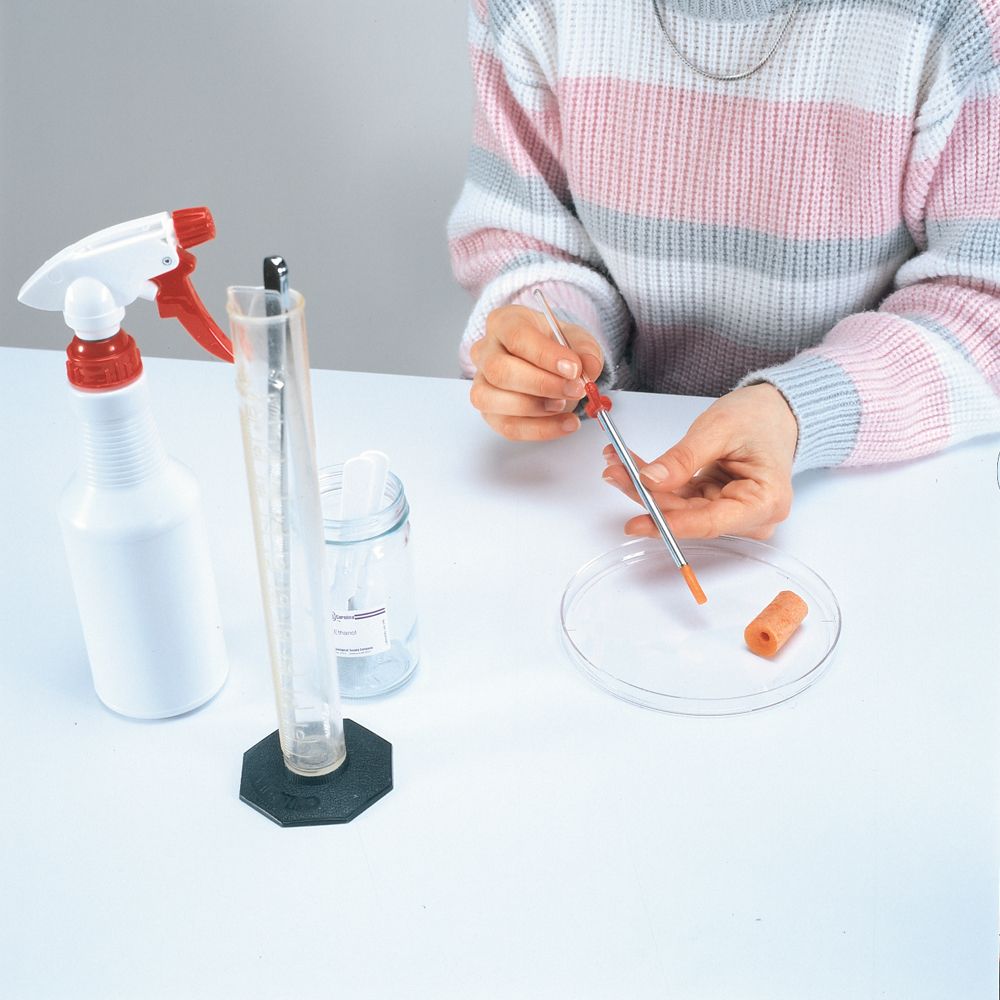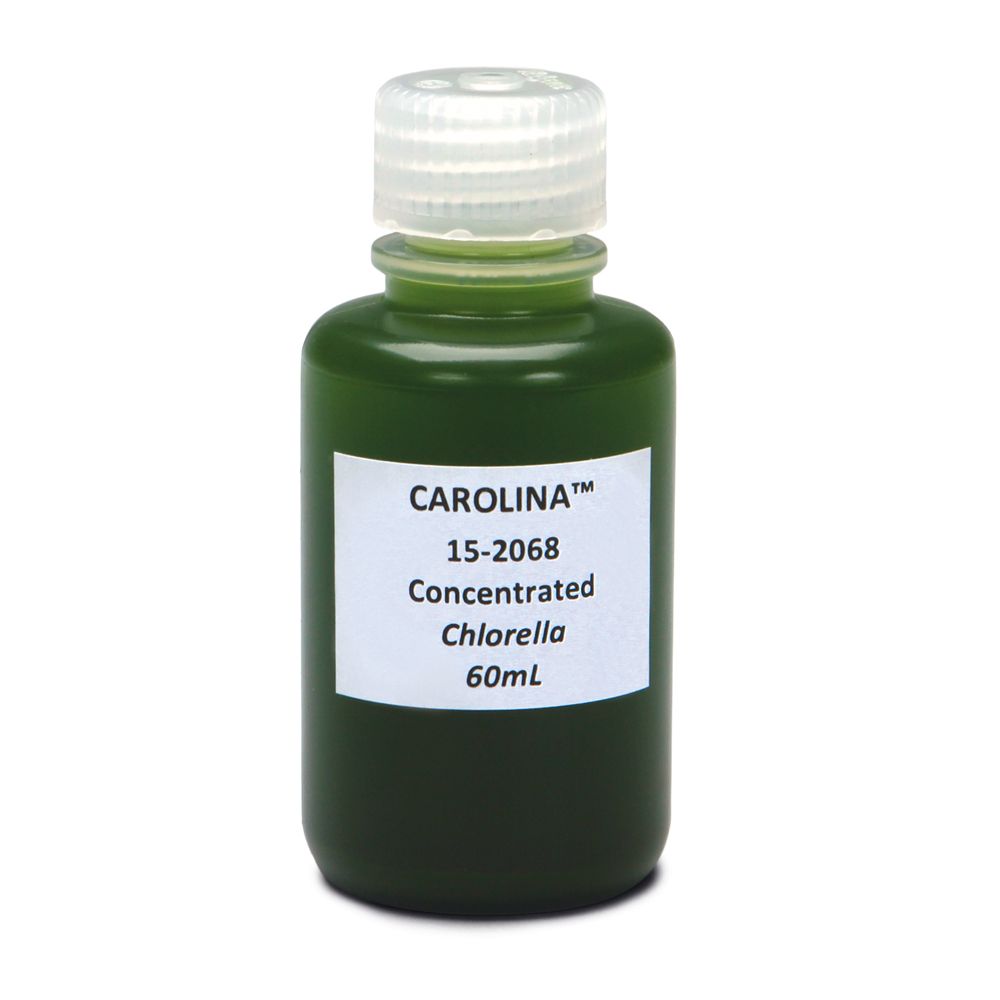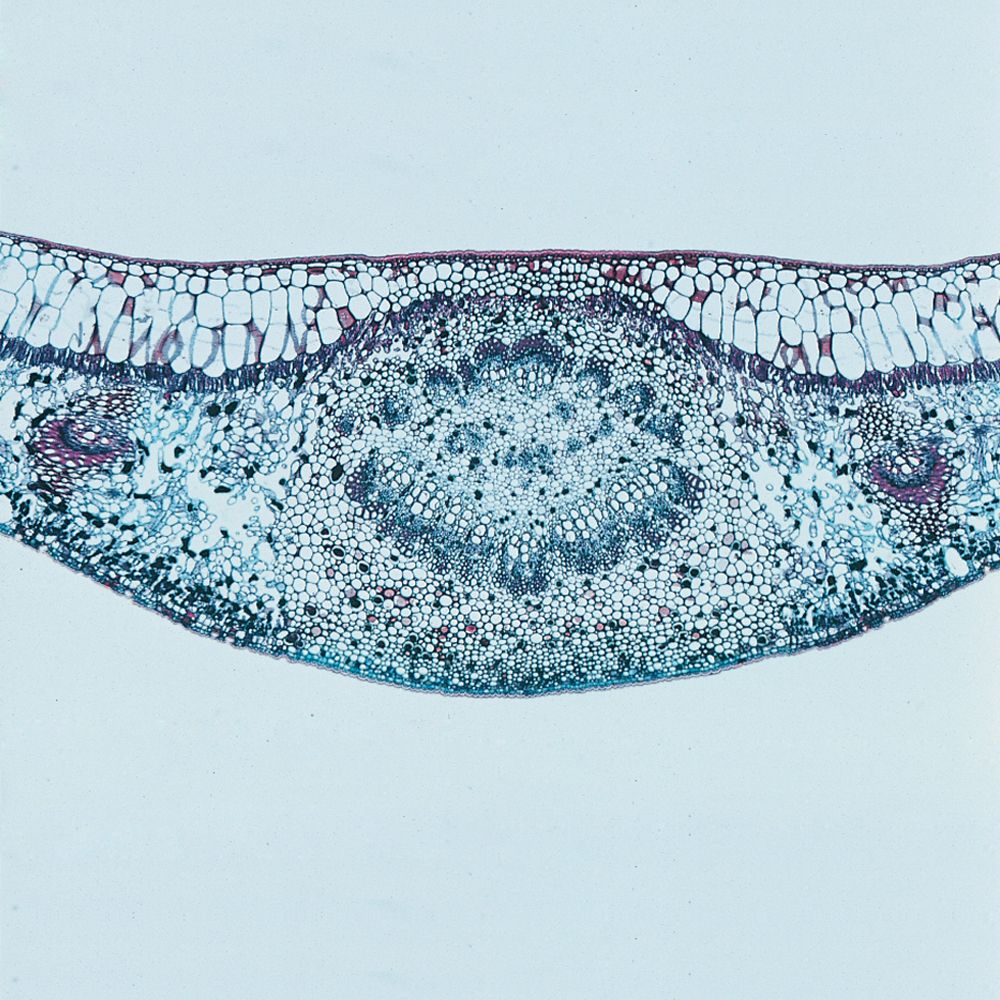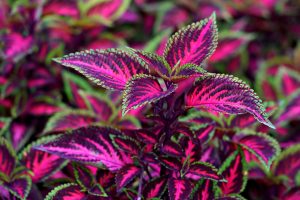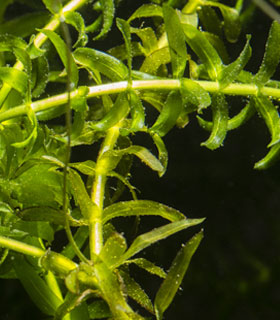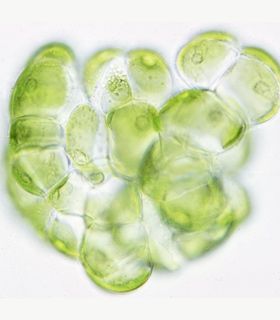Photosynthesis is the energy process for terrestrial and aquatic plants that provide oxygen to the atmosphere, and it drives the carbon cycle. Photosynthesis can be studied using a traditional leaf assay, with investigations of elodea, or with green algae concentrated in sodium alginate beads. This guide breaks down the important information students need to know, provides links to products and free digital resources, and includes suggestions for hands-on labs that reinforce student learning. We’ve gathered a variety of products and resources to help you teach this concept. They include:
- Models and manipulatives to simplify teaching photosynthesis
- Photosynthesis activities, experiments, and kits
- Free resources for you and your students
The major areas covered in this topic
- Photosynthesis with Leaf Assays
- Photosynthesis with Elodea
- Photosynthesis with Algae Beads
- Thin Layer Chromatography with Plant Pigments
Photosynthesis with Leaf Disk Assay
Students investigate photosynthesis using a leaf disk assay. In the Guided Investigation, students measure the rate of photosynthesis by counting the number of leaf disks floating at each time. Leaf disks float as oxygen gas is produced during photosynthesis. Students test the effect of using solutions with and without a carbon source. In the Inquiry Investigation, students develop and follow an experimental plan to investigate the effect of a chosen variable on photosynthesis.
Photosynthesis Leaf Disk Assay #747830
Advanced
For experienced high school and college classes
Requires some technical skill and background knowledge
Students investigate photosynthesis using a leaf disk assay. In the Guided Investigation, students measure the rate of photosynthesis by counting the number of leaf disks floating at each time. Leaf disks float as oxygen gas is produced during photosynthesis. Students test the effect of using solutions with and without a carbon source. In the Inquiry Investigation, students develop and follow an experimental plan to investigate the effect of a chosen variable on photosynthesis.
Leaf Disk Assay #744676
Advanced
For experienced high school and college classes
Requires some technical skill and background knowledge
Students use the floating leaf disk method to study the effects of light intensity and CO2 availability on the rate of photosynthesis. You must supply fresh, green leaves for the activity. Spinach and other fresh, green leafy vegetables or leaves of Wisconsin Fast Plants® are suitable sources.
Photosynthesis with Elodea
Students carry out activities demonstrating the role of light, chlorophyll, carbon dioxide, and oxygen in photosynthesis. They test leaves of elodea, grown in light and in dark, for the presence of starch. They also collect oxygen produced by photosynthesis and demonstrate the depletion of carbon dioxide from water as photosynthesis occurs.
Carolina BioKits®: Photosynthesis #206000
Intermediate
Easy to Perform Requires some background knowledge
Students carry out activities demonstrating the role of light, chlorophyll, carbon dioxide, and oxygen in photosynthesis. They test elodea leaves, grown in light and in dark, for the presence of starch. They also collect oxygen produced by photosynthesis and demonstrate the depletion of carbon dioxide from water as photosynthesis occurs. Kit includes a free 1-year subscription to digital resources that support 3-dimensional instruction for NGSS.
Elodea #162101
Intermediate
Easy to Perform Requires some background knowledge
This investigation is a visual way to introduce students to photosynthesis. As Egeria densa uses carbon dioxide from the initial solution, a change in pH occurs, causing a color change in the solution. The change is detectable in as little as 30 minutes to an hour. The investigation may be used as an introductory guided inquiry or a student-led inquiry investigation. In the latter, students devise a way to quantify the CO2 concentration (pH) over a set amount of time.
Photosynthesis with Algae Beads
Brighten your photosynthesis lessons with algae beads. Students can prepare algae beads, observe the products of photosynthesis, and get hands-on experience developing and testing a hypothesis using colored filters, algae beads, and a bicarbonate indicator solution. Algae beads allow for repeated testing over time and provide easy-to-obtain visual data.
Algae Bead Photosynthesis Kit #206100
Beginning
Easy to Perform Requires little to no prior knowledge
Students learn how to make their own algae beads and get hands-on experience developing a model and testing a hypothesis. They begin by learning about the relationship between wavelength of light and the rate of photosynthesis. From there, student groups form hypotheses about how different-colored light filters affect photosynthesis rate. Finally, they test their hypotheses using colored filters, their algae beads, and a bicarbonate indicator solution.
Photosynthesis and Cellular Respiration with Algae Beads #747760
Advanced
For experienced high school and college classes
Requires some technical skill and background knowledge
Explore the processes of photosynthesis and cellular respiration and their interrelationship using algae beads. In the Guided Activity, groups of students collaborate to perform an investigation in which they manipulate the transmittance of specific wavelengths of light available to encapsulated algae cells, or “algae beads.” Changes observed within a solution containing algae beads and a colorimetric indicator allow students to indirectly determine the net result of the biochemical processes of algal photosynthesis and cellular respiration within a closed system. In the Inquiry Activity, students formulate and explore an experimental question pertaining to the relative rate of photosynthesis and respiration in algae beads.
Thin Layer Chromatography with Plant Pigments
Teach your students the fundamentals of thin layer chromatography with this classic experiment in separation science.
Introduction to Thin Layer Chromatography #688950
Advanced
For experienced high school and college classes
Requires some technical skill and background knowledge
Teach your students the fundamentals of thin layer chromatography with this classic experiment in separation science. Students separate plant pigments and identify compounds based on Rf values they calculate.
Kits That Cover the Topics Above
Plant Pigments and Photosynthesis #747840
Advanced
For experienced high school and college classes
Requires some technical skill and background knowledge
Students explore plant pigments and discover how different factors affect the rate of photosynthesis. In the Guided Investigation, students first use chromatography to separate pigments found in spinach or ivy leaves. Then they use spectrophotometers or colorimeters to measure the percent light transmittance in 3 different treatments of chloroplast suspension–boiled and kept in light, unboiled and kept in light, and boiled and kept in dark. In the Inquiry Investigation, students consider the techniques and findings of the Guided Investigation and design an investigation to further explore photosynthetic pigments or the light reactions of photosynthesis.
Plant Pigments and Photosynthesis Kit #746470
Advanced
For experienced high school and college classes
Requires some technical skill and background knowledge
This kit comes with premixed chromatography solution and DPIP already in solution. Teacher instructions and reproducible student sheets are also included.
Modeling Photosynthesis: The Calvin Cycle Kit #746478
Advanced
For experienced high school and college classes
Requires some technical skill and background knowledge
Working in groups, students use molecular models to explore the reduction of carbon dioxide to various organic molecules, which occurs during the Calvin cycle. Each group models a different reaction in the cycle and determines what is released and/or consumed during the reaction. This helps students understand concepts that are central to photosynthesis and how those concepts apply to the reaction they model. After completing the model-building activity, the groups then present their reaction to the class so everyone understands the process by which plant cells store chemical energy as organic molecules.
Photosynthesis Models
Carolina has a variety of high-quality models to fit your needs. Check out our selection of leaf, chloroplast, and plant cell models.
Additional Photosynthesis Products
Carolina has additional products to supplement your photosynthesis lessons.
Additional Photosynthesis Support
We have free resources to help you teach this concept, including:
Free Photosynthesis Resources
Use these free resources to supplement your instruction about photosynthesis.
Carolina Essentials and Labsheets
Photosynthesis Videos
Looking for some support for your photosynthesis labs? These videos can help.
For More Guidance
These are our top picks. If you don’t see what you’re looking for, we’ll be happy to help you find the right activities and kits to simplify your planning and implementation. If you have questions, please contact us at product@carolina.com.
About The Author
Carolina Staff
Carolina is teamed with teachers and continually provides valuable resources–articles, activities, and how-to videos–to help teachers in their classroom.





